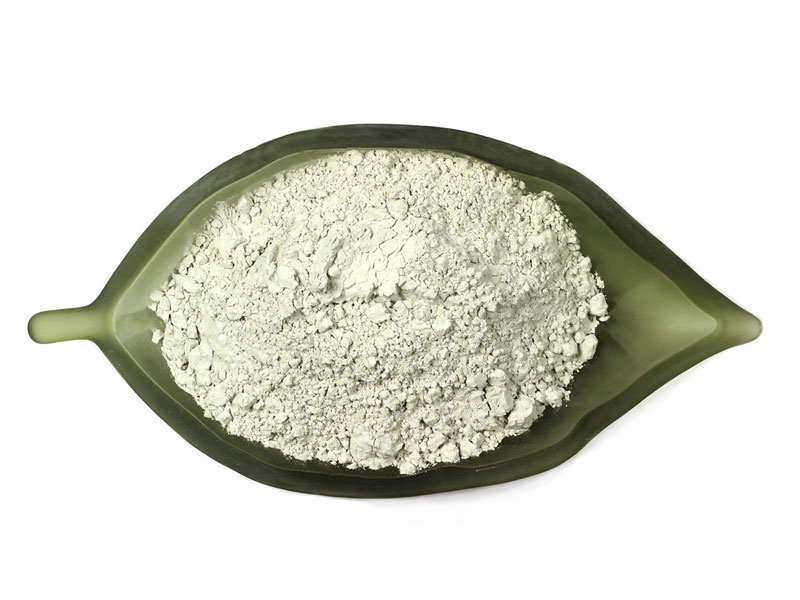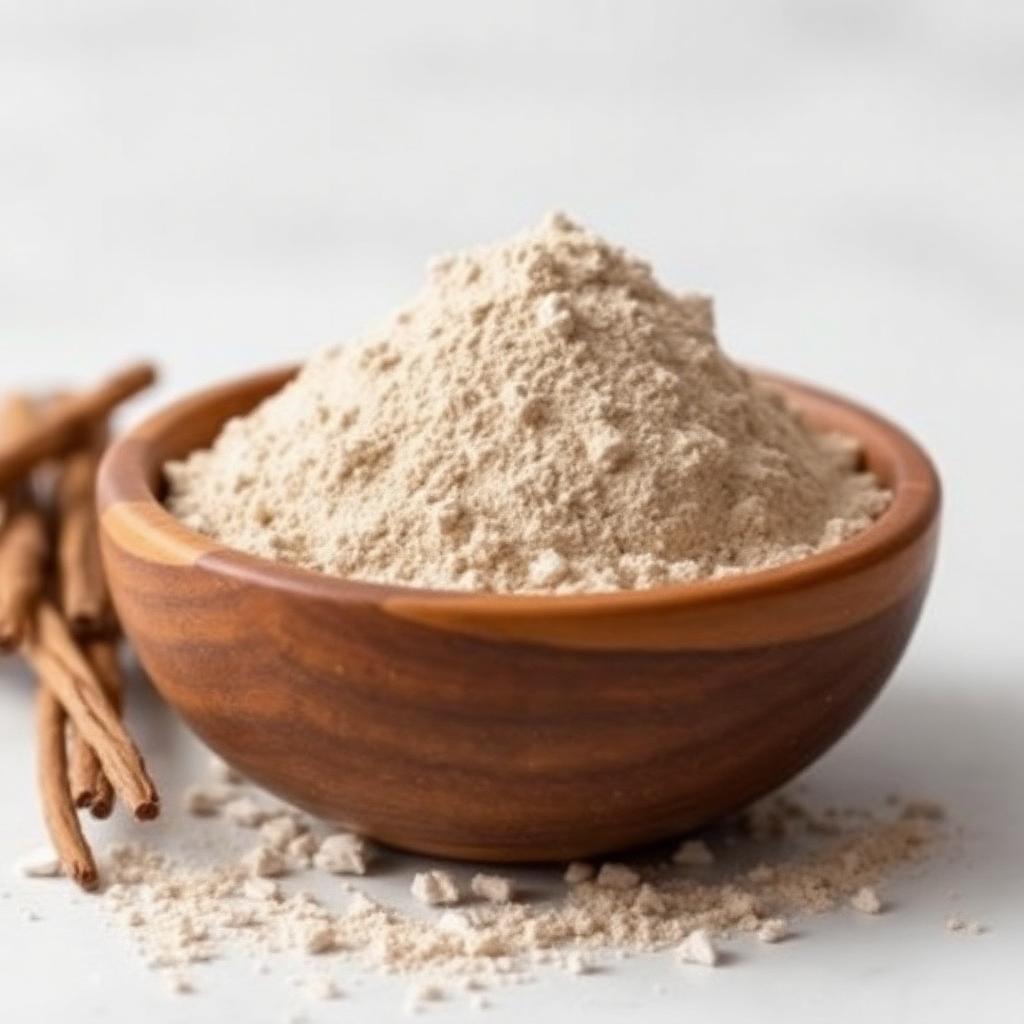Read More: Salt
Introduction to Blue Salt
Blue Salt, also known as “Sapphire Salt” or “Sel de Mer,” is a rare and visually stunning variety of salt known for its distinctive blue color. This intriguing hue has captivated the curiosity of people around the world for centuries, making it a subject of fascination in various fields, from culinary arts to alternative medicine. In this article, we will embark on a voyage to unravel the secrets of Blue Salt, exploring its origins, unique properties, diverse applications, and even its mystical allure.
The Origins of Blue Salt
Tracing its Historical Roots
The history of Blue Salt can be traced back to ancient civilizations, where it was often considered a precious commodity. Early records show its use in culinary and medicinal practices, as well as in sacred rituals. The blue coloration was often associated with purity and rarity, elevating its status among other salts.
Production Methods
Blue Salt is primarily harvested from specific saltwater sources, such as salt ponds and coastal areas. Its distinctive coloration is attributed to the presence of certain minerals and trace elements in these saline environments. The harvesting process is a meticulous one, involving the careful collection and drying of the salt crystals.
 Types and Varieties
Types and Varieties
Blue Salt comes in various types and varieties, each with its unique characteristics and properties. The two most notable varieties are:
Marine-based Blue Salt
This type of Blue Salt is derived from the sea and is known for its vibrant blue hue. It is often used in gourmet cuisine and as a decorative element in fine dining.
Himalayan Blue Salt
Himalayan Blue Salt, also known as “Pakistani Blue Salt,” is sourced from the Khewra Salt Mine in Pakistan. It boasts a striking blue-purple color and is believed to have therapeutic properties.
Read More: Wikipedia
The Chemistry Behind the Color
The mesmerizing blue color of Blue Salt is a result of the presence of specific minerals and elements in the salt crystals. The interaction of light with these minerals gives rise to the vivid blue appearance, making Blue Salt a unique and visually appealing substance.
Blue Salt in Cuisine
Culinary Applications
Blue Salt is cherished by chefs and food enthusiasts for its exquisite flavor and stunning visual appeal. It is often used as a finishing touch on dishes to add both taste and aesthetics. The delicate crunch and burst of salinity it provides make it a favorite in gourmet kitchens.
Gourmet Appeal
Restaurants worldwide have embraced Blue Salt as a symbol of luxury and sophistication. Its presence on the dining table signifies an elevated culinary experience, making it a sought-after ingredient in high-end cuisine.
Blue Salt in Alternative Therapies
Holistic Healing
Beyond its culinary uses, Blue Salt has found a place in holistic healing practices. It is believed to have therapeutic benefits, such as promoting relaxation, detoxification, and skin rejuvenation.
Salt Therapy
In salt therapy, also known as halotherapy, Blue Salt is used in salt rooms or caves to create a healing environment. Inhaling the micro-particles of salt is thought to improve respiratory conditions and enhance overall well-being.
Read More: Kaolin
Mystical and Spiritual Significance
Blue Salt holds a special place in various cultures and belief systems, often associated with mystical and spiritual significance.
Cultural Beliefs
In some cultures, Blue Salt is believed to ward off evil spirits and negativity. It is used in purification rituals and ceremonies to create a protective aura.
Rituals and Ceremonies
Blue Salt plays a central role in various rituals, from blessing homes to spiritual cleansing. Its use in these ceremonies symbolizes purity, harmony, and spiritual growth.
Blue Salt in Art and Aesthetics
The captivating blue hue of Blue Salt has inspired artists and designers, leading to its incorporation into various art forms and aesthetic creations.
Blue Salt in Popular Culture
References to Blue Salt can be found in literature, film, and pop culture, where it often symbolizes rarity, beauty, and mystique.
The Future of Blue Salt
While Blue Salt continues to enchant and inspire, there are concerns regarding its sustainability and environmental impact. As demand grows, it becomes crucial to address these issues and find responsible sourcing methods.
Blue Salt vs. Common Table Salt
In a comparative analysis, we’ll explore the differences between Blue Salt and common table salt, shedding light on their distinct qualities and uses.
Is Blue Salt Safe for Consumption?
We’ll delve into health considerations and safety aspects related to consuming Blue Salt, ensuring you have a clear understanding of its impact on your well-being.
How to Use Blue Salt in Daily Life
Practical tips and suggestions on incorporating Blue Salt into your daily routine, whether it’s in the kitchen, in your wellness regimen, or as an artistic element.

Conclusion
In conclusion, Blue Salt is a remarkable substance that has captivated humanity for centuries with its enchanting blue hue, historical significance, and diverse applications. Whether you’re a culinary enthusiast, a wellness seeker, or an admirer of art and beauty, Blue Salt offers a world of possibilities to explore and enjoy.


 Types and Varieties
Types and Varieties




